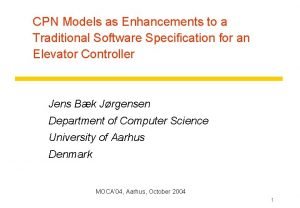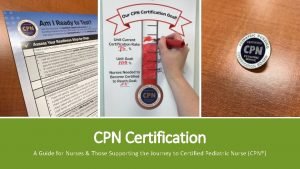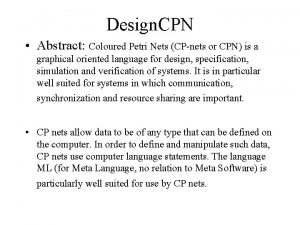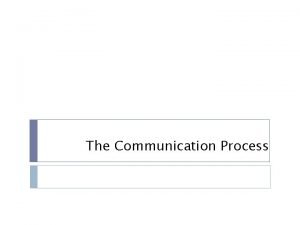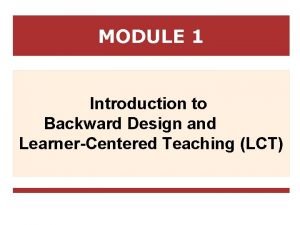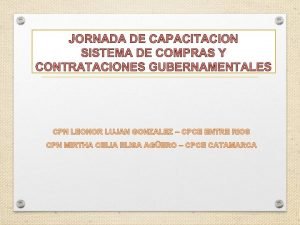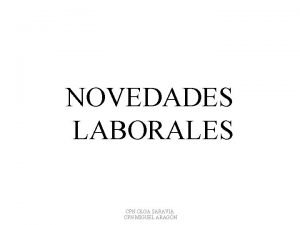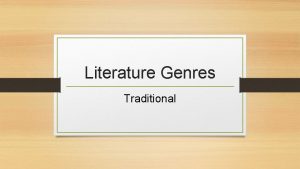CPN Models as Enhancements to a Traditional Software










- Slides: 10

CPN Models as Enhancements to a Traditional Software Specification for an Elevator Controller Jens Bæk Jørgensen Department of Computer Science University of Aarhus Denmark MOCA’ 04, Aarhus, October 2004 1

Problem: design of an elevator controller z Subject domain y. Ten floors y. Two cages y. Buttons, doors, sensors, … z Controller responsibilities y. Control movement of cages y. Display information 2

Wieringa’s specification: desired functionality z Mission statement, function refinement tree, service descriptions z Partial context diagram z Also dictionary and descriptions of entities in subject domain 3

Wieringa’s specification: desired behaviour of cage movement Also descriptions of desired behaviour of allocation of request to cages, location indication, etc. 4

CPN model: representation of controller specification z Set of Standard ML functions ysetdirection ystophere yturnidle yservenow yresetdirection yaddrequest yremoverequest yupdatelocationindicators 5

CPN model: desired behaviour of subject domain Entities in subject domain represented as tokens – cages as (cageid, floor, requestlist, direction) Three net modules: - Basic Cage Movement - Requests and Allocations - Up. Down and Indicators 6

CPN model: requirements-level architecture z Representation of controller y. Processes ~ Standard ML functions y. Data stores ~ tokens z Representation of subject domain y. Entities ~ tokens z Communications y. Possible internal communications in system ~ transitions y. Possible communications between controller and entities in environment ~ transitions 7

CPN model: basis for system engineering argument z Argue that specification and domain properties together entail requirements z Prerequisites for argument y. CPN model executable y. CPN model coherent z Example requirement: Collect passengers y. Trigger: Passenger pushes floor button F y. Delivered service: Controller ensures that cage stops at floor F and allows passengers to enter 8

Some perspectives on CPN in software engineering z Compliance with Jackson’s basic tenets y. Distinguish the machine from the problem domain y. Don’t restrict description to the machine y. State explicitly what is described z Advantages compared with statecharts y. CPN adequate to address scheduling y. CPN conveniently describe two cages together y. CPN facilitate prototyping and experiments 9

Conclusions and discussion z Advantages of adding CPN model y. Can be used as requirements-level architecture y. Facilitates system engineering argument z Cost-benefit issues of adding CPN model y. Gap between model and implementation y. Can existing specification be improved with simpler means? z Formal verification viable? y. Improve quality of system engineering argument y. Argue about more advanced behavioural properties y. Scalability problems 10
 Cpn software
Cpn software Pncb recertification
Pncb recertification Cpn ssn validator
Cpn ssn validator Color cpn s
Color cpn s Ppn vs cpn
Ppn vs cpn Cbsv ssa-89 - personal information
Cbsv ssa-89 - personal information Traditional response hierarchy models
Traditional response hierarchy models Backward design vs traditional curriculum models
Backward design vs traditional curriculum models light cured gel polish may be used on:
light cured gel polish may be used on: What are the definitions of apex stress area and sidewall
What are the definitions of apex stress area and sidewall Entitlings and enhancements are forms of:
Entitlings and enhancements are forms of:
